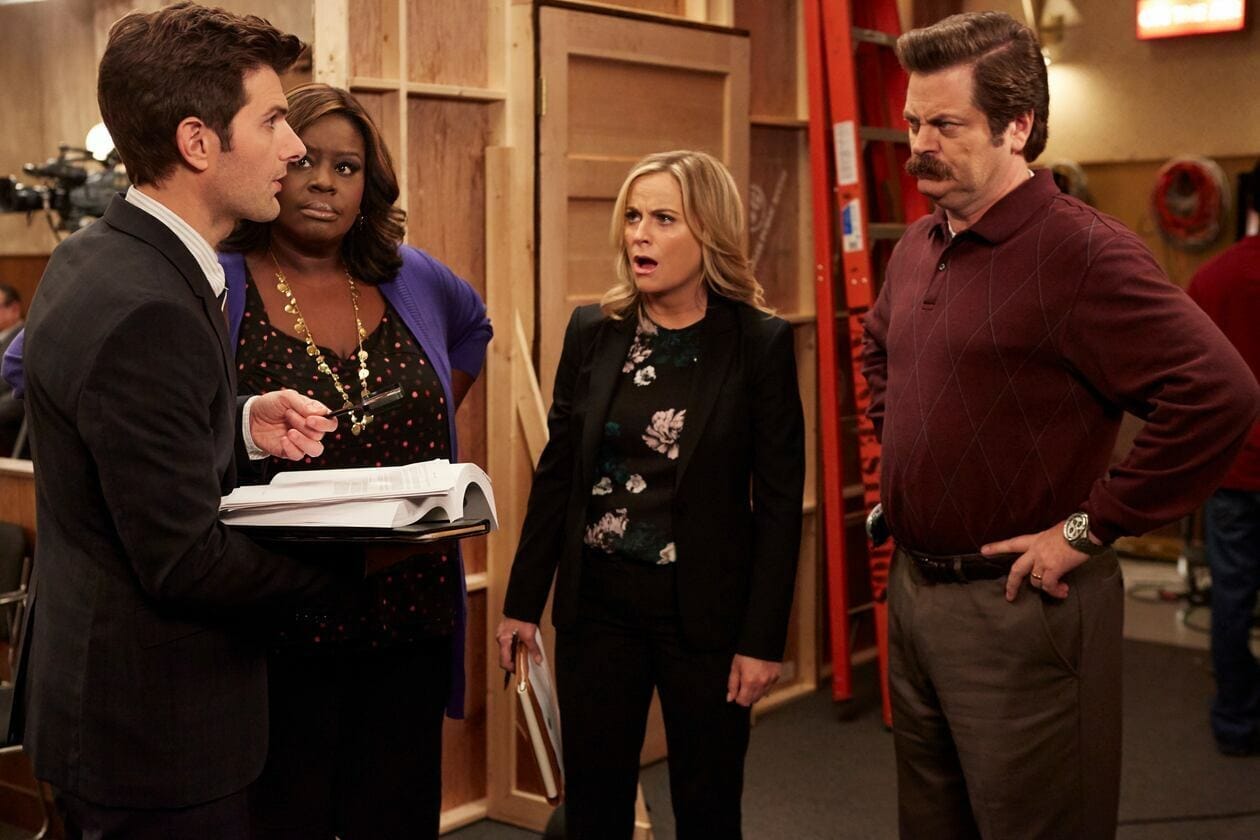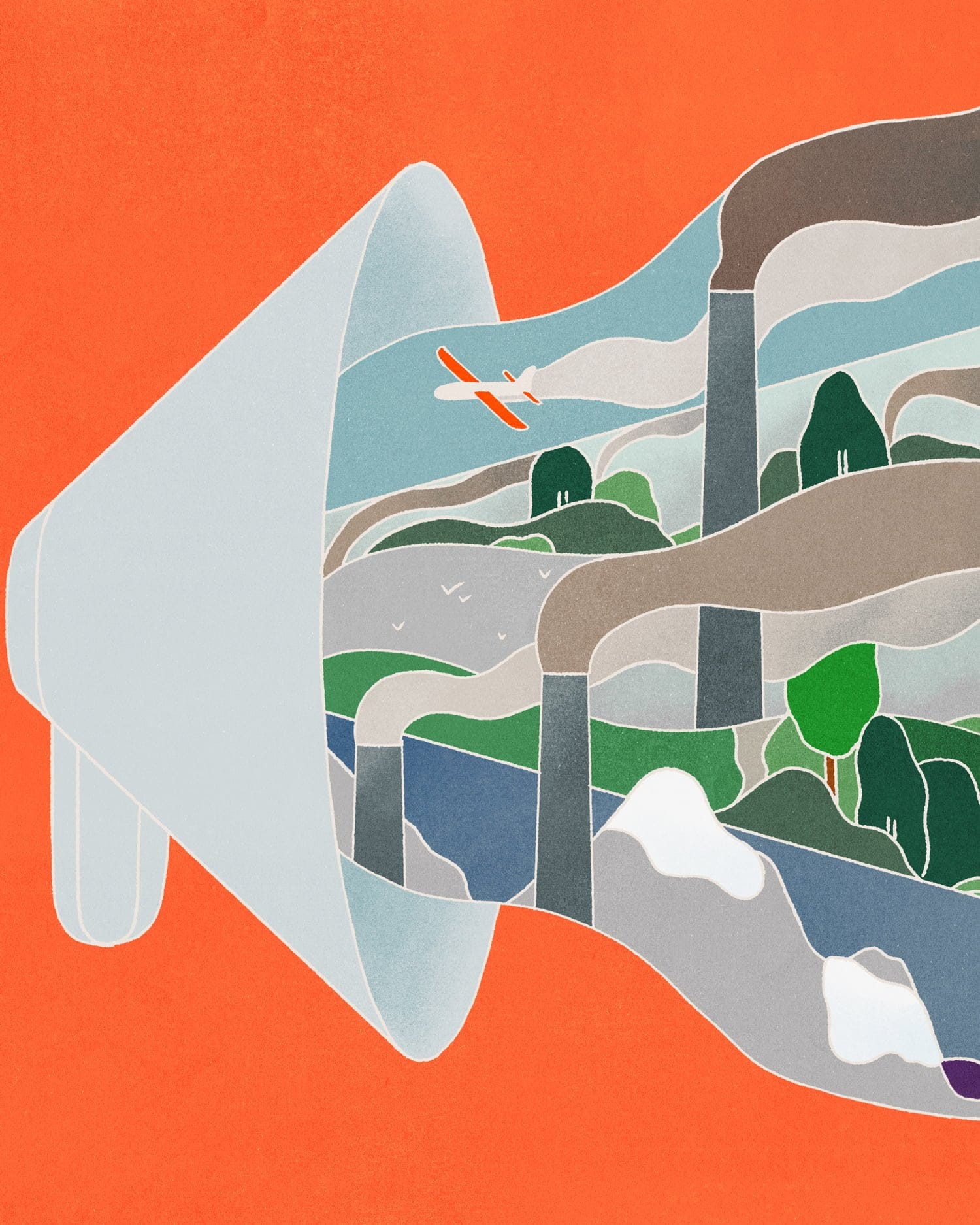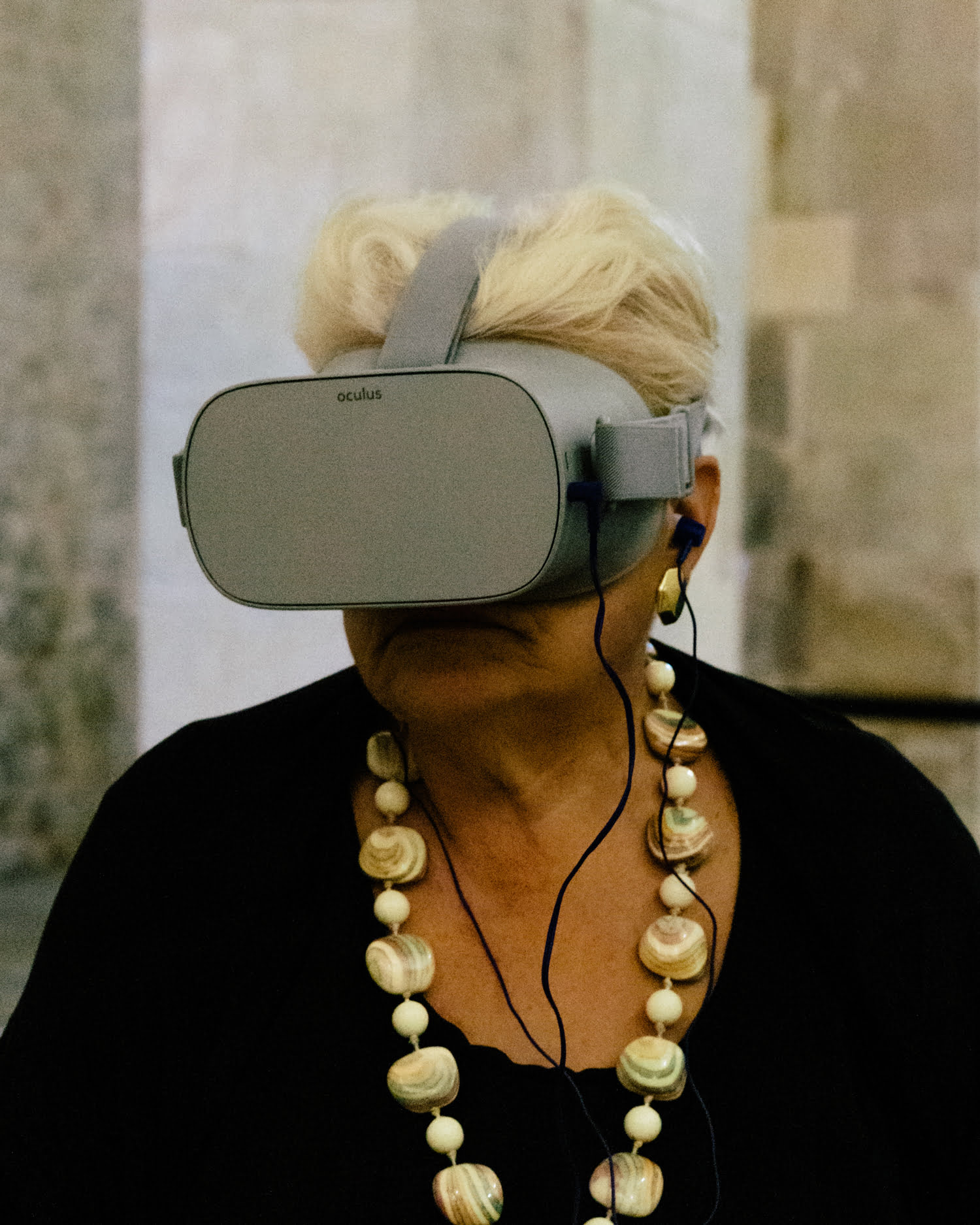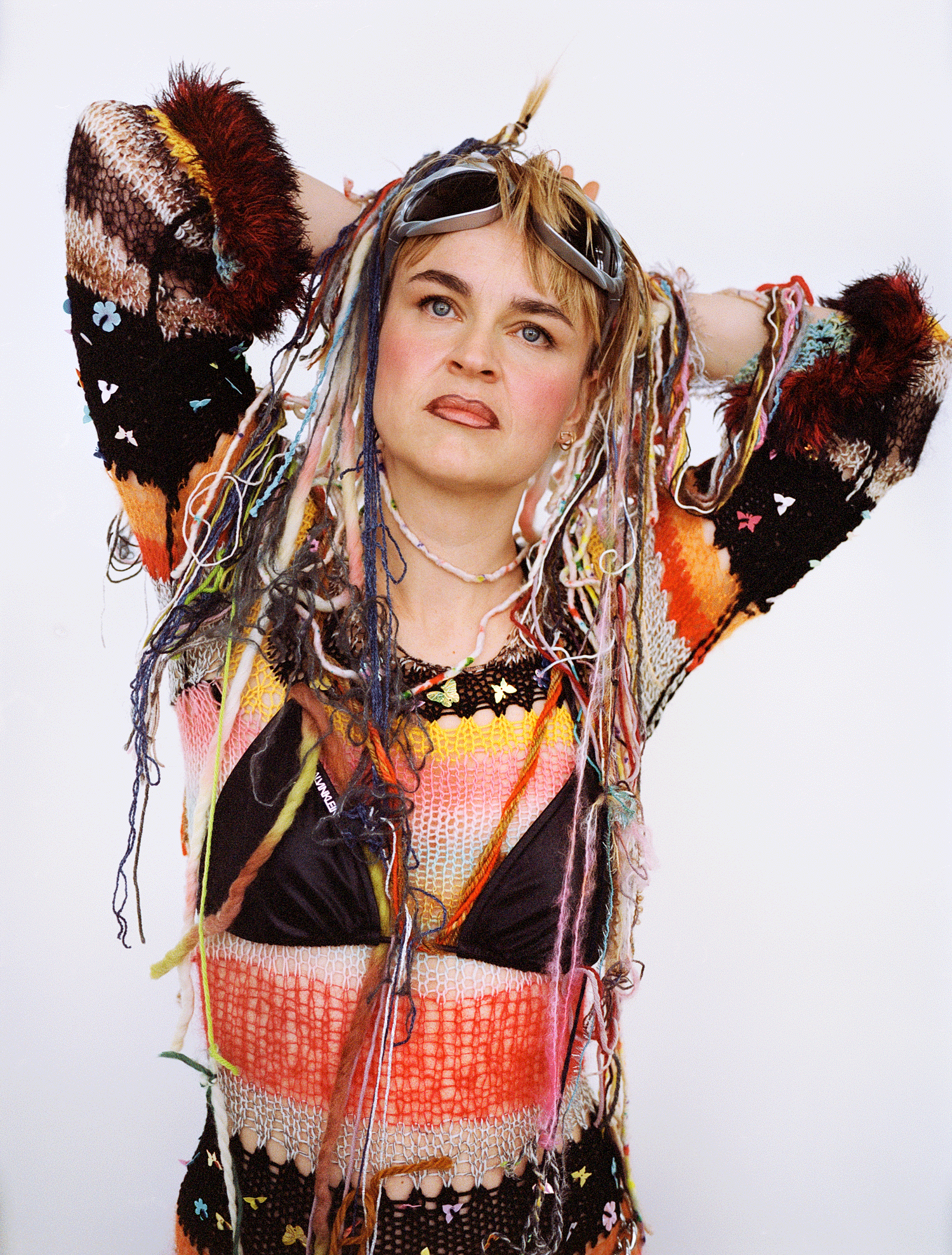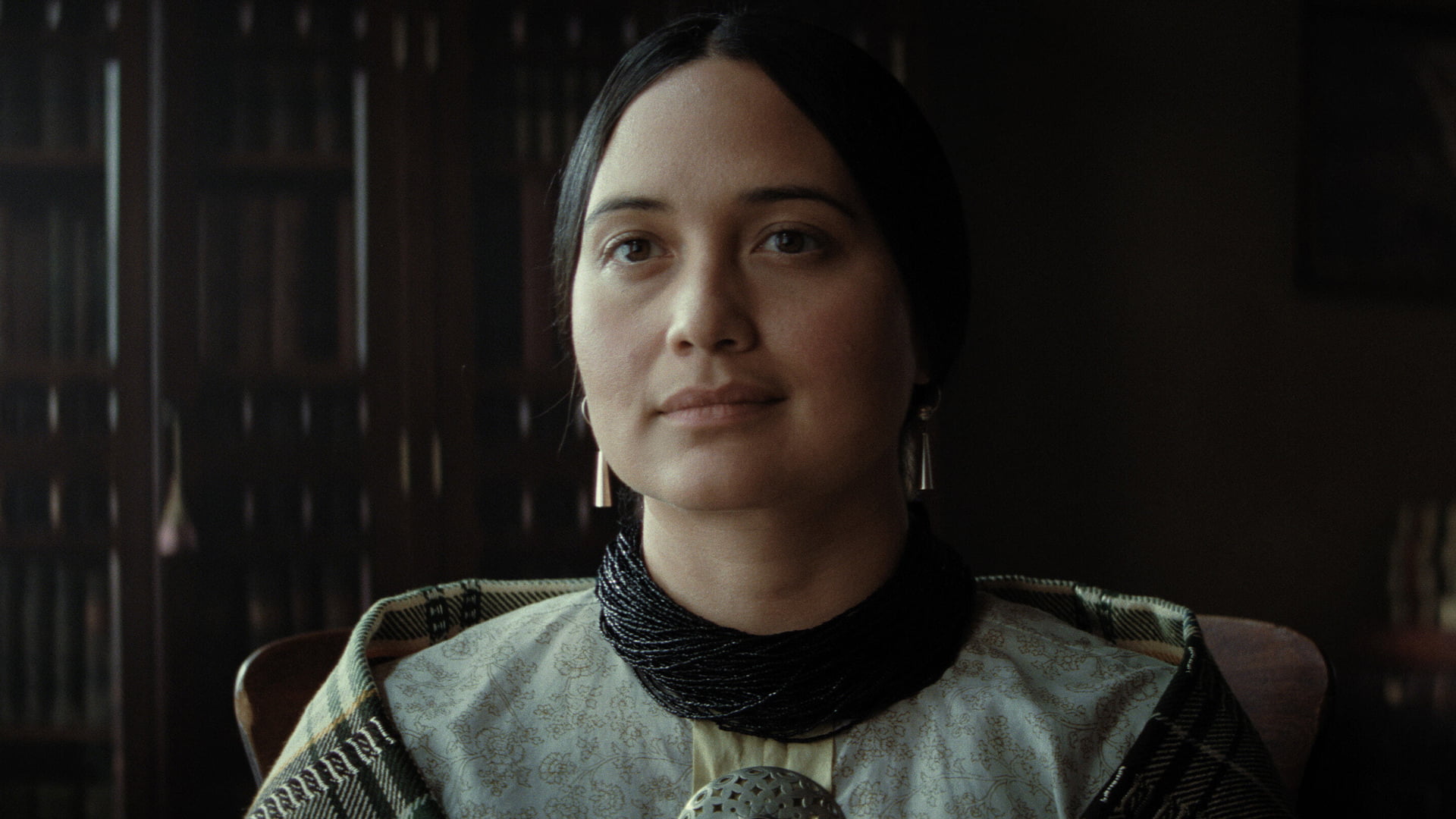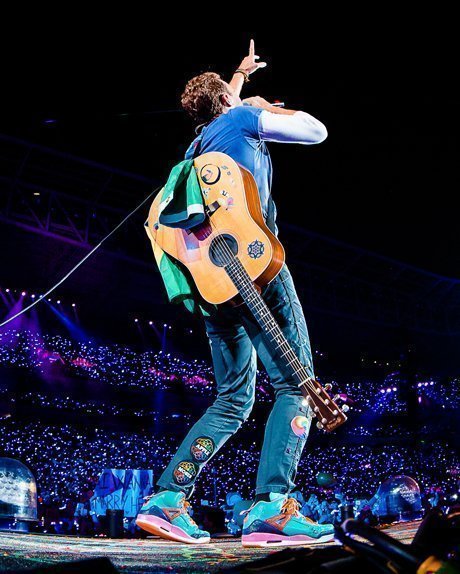Can your imagination help the world overcome climate change? In her latest book, noted games designer and futurist Jane McGonigal seeks to show that, yes, it can.
It’s the year 2033. A referendum hoves into view, one in which the entire world’s citizens are obligated to vote. Should we vote for an extraordinary engineering technology that will block the sun’s rays temporarily and allow the planet to cool down? After a decade of climate instability, and a dearth of other options, it seems like a possible solution, a one-time deal that could reset global temperatures and allow us to have a future as a species. It will however plunge the world into a 10-year winter, requiring us to radically change our behavior, agricultural systems and more. Which way would you vote? And how do you see it playing out?
This apocalyptic climate scenario is one of three put out by New York Times bestselling author Jane McGonigal, a futurist and game designer, in her book Imaginable. She presents the idea that by working through pilot projects and extreme future scenarios, we can find a way to solve some of the world’s most urgent crises, from climate change to obesity, poverty and world hunger. It’s a lofty ambition, but McGonigal is convinced it’s doable. Her inspiration? Online gamers.
“Gamers work together to pull epic wins from the jaws of defeat. Isn’t that exactly what the world needs right now?”
“My goal in the next 10 years is to make it as easy to save the world in real life as it is in an online game,” she said in a 2010 TED Talk called ‘Gaming can make a better world’. Her book, published in 2022, takes that goal forward. We’re wrong to see online gaming as a waste of time, she argues – just look at the amount of time and love that gamers pour into solving imaginary problems, even when the odds are against them. Look at how they collaborate with complete strangers to pull epic wins from the jaws of defeat. Isn’t that exactly what the world needs right now? Her book draws on both sides of her work, as a futurist, designing and imagining the future, and a game designer, knowing how to bring people together and get them excited about imaginary scenarios.
Dive in to the future
Curious to see if it really feels possible that running through imaginary scenarios about the future could make me better prepared and less overwhelmed when I think about the future, I spent a month reading the book and diving deep into its ideas. It plays out like a workbook, with specific tasks to ponder and complete as a reader. It asked me to consider how optimistic I feel about the future – around seven out of 10, I would say, I am a classic optimist – and then it took me through a series of games to think creatively about the future. As she writes, “research studies have shown that these kinds of habits and games increase hope and motivation for the future and reduce symptoms of depression and anxiety.”
A couple of games really stood out: one asked me to time travel 10 years in the future and consider what my life would be like then. This time gap is close enough to imagine with some details, but far enough away to imagine yourself as an almost completely different person. She says that 10 years is far enough away to believe anything can be different, and that 10 years gives us time to get ready for it, too. Try it yourself…
Learn to time travel
- Simulate in your mind what you might experience, feel and do in the future as realistically as you can. This mental time travel, or episodic future thinking, stretches your imagination and helps you prepare for change by creating new memories of possible futures.
You can stretch your imagination further by asking yourself these questions: - • Where exactly am I, in my future – who else is here, and what’s around me (Build the scene)
- • What’s true in this version of reality that isn’t true today? (Make the rules)
- • What do I really want in this future moment, and how will I get it? (Detect opportunity)
- • How do I feel, now that I’m here? (Pre-feel the future)
- When you practice mental time travel, pay special attention to anything that could possibly, plausibly be different from today.
I also loved McGonigal’s game ‘Be ridiculous, at first’, where she asks readers to imagine a completely different world from today. Think about the things you know to be true – for me, that I have two children, I live in Copenhagen, I work as a writer – and then completely upend them. In this strange future, I had five children, I lived in Los Angeles and I worked as an engineer. By considering the future possibilities that seem unthinkable or impossible today, she says that it helps you to challenge your assumptions and stretch your mind to new dimensions. (Would you have believed in driverless cars a few years ago?) Try it yourself and see…
Be ridiculous, at first
- Be playful as you brainstorm ways that anything could be different in the future. Entertain any possibility, no matter how absurd it seems at first. Keep in mind that future possibilities that seem unthinkable or impossible today are the ones that will be hardest to adapt to, so we need more time to prepare.
To build this skill, play Stump the Futurist: Make a list of things that you believe cannot, will not change in the next decade. Then look for evidence that these far-fetched possibilities could really happen, or may in fact already be happening today. This game will improve your ability to take in information that challenges your assumptions and will stretch your mind to new dimensions.
The final part of the book is an in-depth imagining of three of these “unimaginable” scenarios: the 10-year winter and how it could play out; a scenario where climate change has made mass seasonal migration the norm; and a world where we achieve in a zero-waste society. Each of them feels far from normal but still possible, and the book puts you in the heart of this future as an actor, not a bystander. It reminded me of a choose-your-own-adventure book, but with a real-life twist. It’s pretty powerful.
My biggest takeaway is that the act of thinking through situations five, 10 or 20 years from now, can help you be prepared for what’s coming, however unlikely it seems. In 2010, McGonigal led a large-scale future simulation around the idea of a global respiratory pandemic, which, combined with social media-driven misinformation and conspiracy theories, affected the planet. Many of the complex ideas that came out of the simulation were enacted during the Covid pandemic, including shut downs of all but the most essential jobs, and a flight to work from home mode with the mental health burden it has created.
As she said, none of the insights prevented Covid from happening, “but comparing my experience with others, I am certain I felt less anxiety than most during our long pandemic because I felt prepared. And without a doubt, what I imagined during the simulation changed my life and future for the better…it gave me confidence to try to help others in a way that I’d never imagined I was capable of.”
It’s a powerful recommendation for employing imagination in our visions of the future.
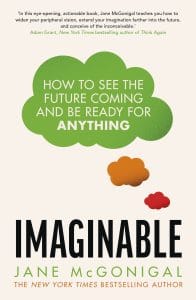
Imaginable by Jane McGonigal is available now.
About Imagine5
We are storytellers inspiring you to live a planet-friendly life. Through our stories we shift perspectives and help you see that sustainable change is already underway. Sparking imagination that leads to action, creating a shift to sustainable behaviour as the norm. It’s happening.
Read moreFlipping the script
Can culture save the climate?
